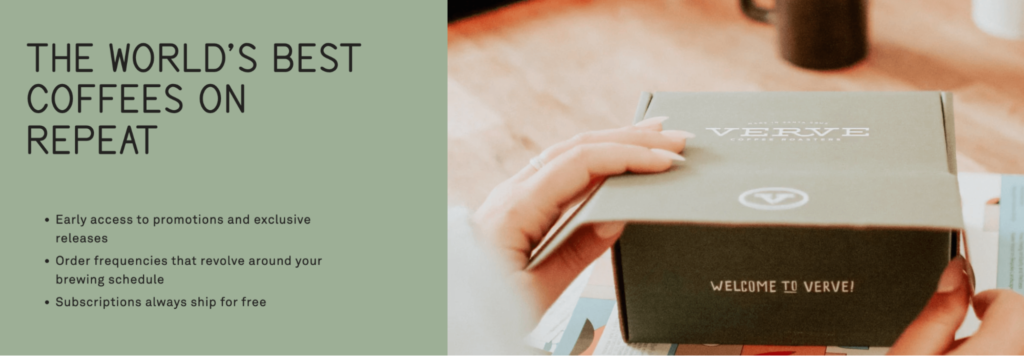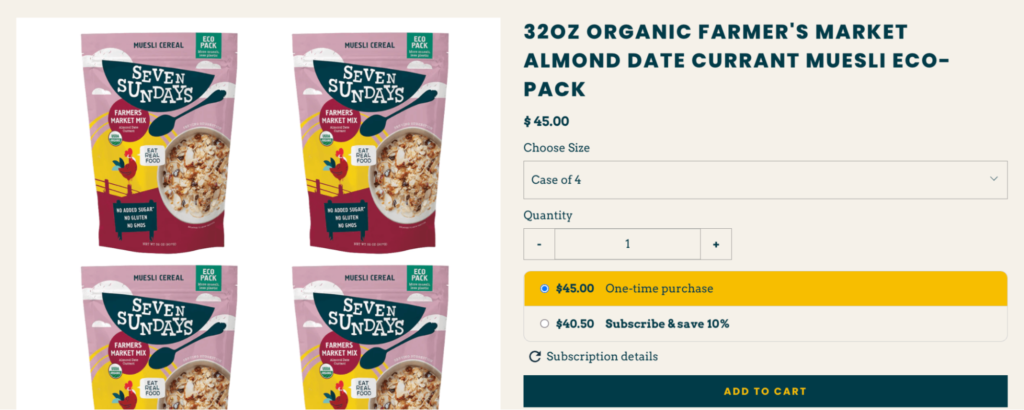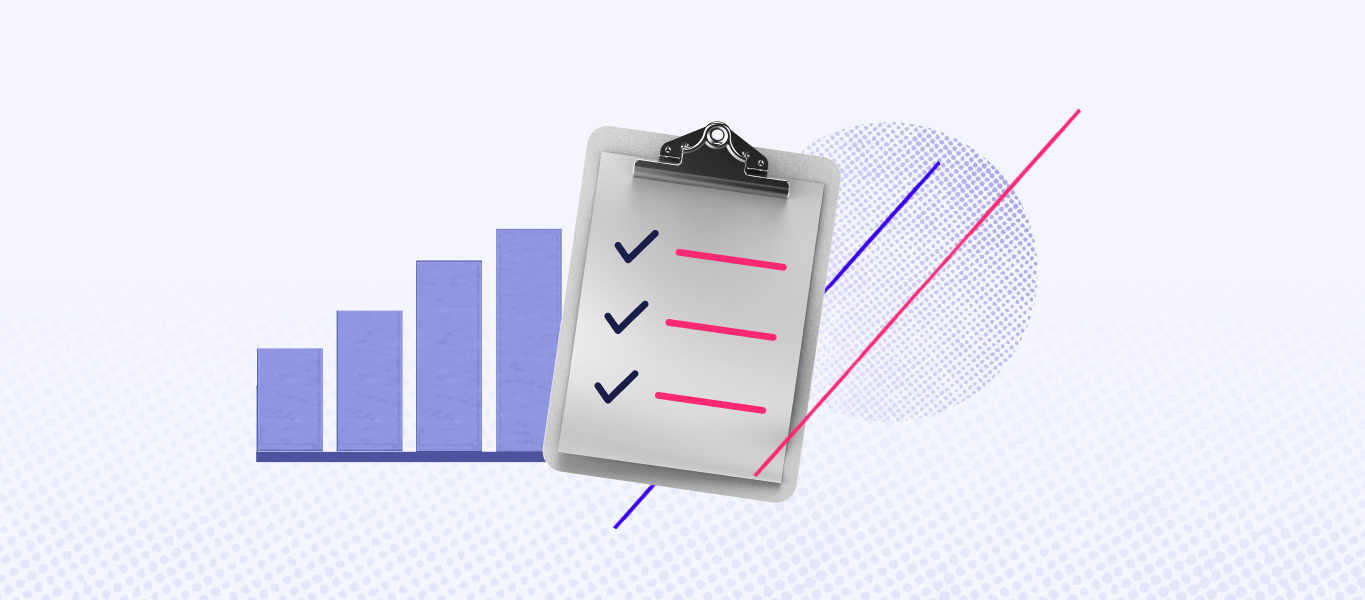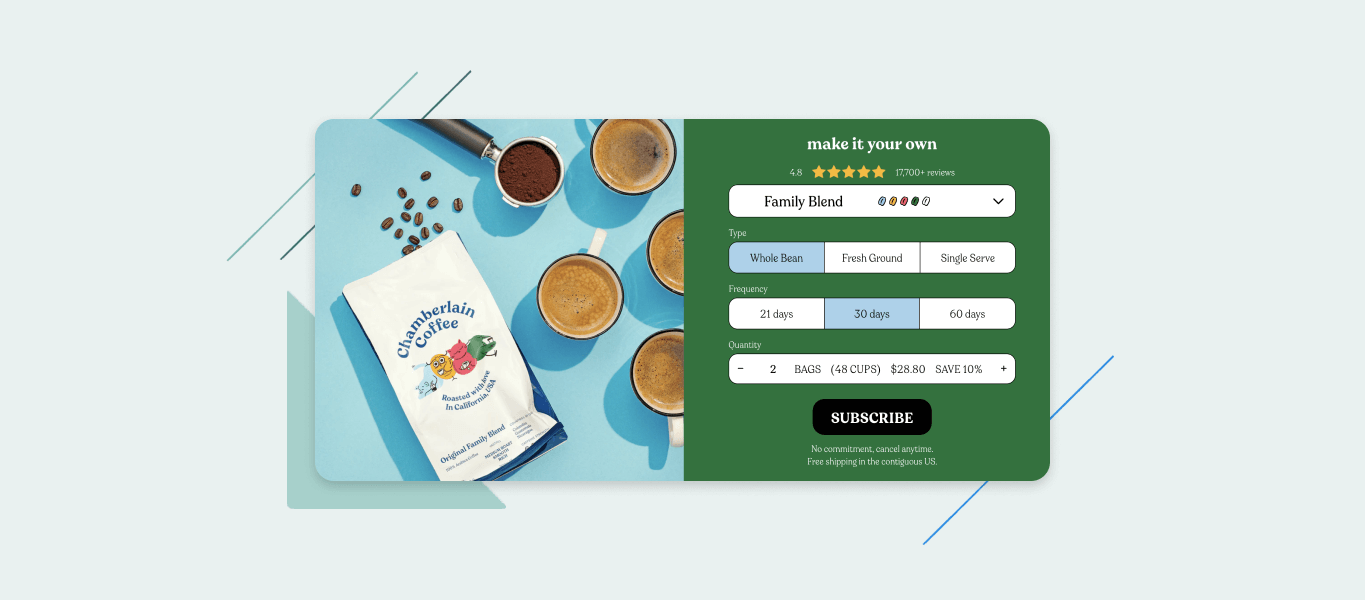The subscription business model is growing in popularity, and for good reason. Recurring revenue gives businesses reliability that they don’t have with traditional one-time purchases. It also gives brands a chance to cultivate a strong long-term relationship with their shoppers, meaning increased customer loyalty and better retention.
Those looking to take advantage of the subscription model will need the right subscription management solution so they can offer a seamless experience for their customers. If you’ve been considering offering subscriptions and ensuring a more predictable cash flow, this post will dive into seven benefits of subscription services—benefits that affect both your business and your customers.

Key takeaways
- The subscription business model gives businesses the opportunity to have predictable revenue streams throughout the year.
- With subscriptions, businesses can cultivate substantial and sustained growth in revenue.
- Benefits of a subscription model include lower CAC, increased customer loyalty, and better inventory forecasting.
What is a subscription business model?
A subscription model is one where customers make recurring payments in exchange for products or services that they receive on a set schedule.
Customers can often choose their payment interval, whether that’s weekly, monthly, yearly, or at a custom cadence. Subscription models allow customers to renew their subscriptions, edit their orders, add on products or services, or cancel the subscription.
The primary business benefit of the subscription model is that it allows brands to build recurring relationships with customers. Many merchants foster their brand community by sharing useful content on social media or a blog, creating community groups, and making the shopping experience about more than just their products or services.
By becoming a part of your customers’ lives, you can grow this relationship and keep shoppers around for much longer than one-time purchasers. After all, repeat customers are 50% more likely to make another purchase than new customers.
Different types of subscription models
There are a few different types of subscription models that exist today. Curation is the most popular choice among subscription ecommerce businesses—and chances are, you’ve heard of this type of subscription model before. The other two models are gaining in popularity, and each has its own advantages and purposes.
The three different types of subscription business models are:
- Curation: In this subscription model, merchants curate a box of one or more products, package them together, and ship them to the customer.
- Replenishment: This model works best for products that people use frequently because it offers the same product on a consistent basis. It is sometimes referred to as “subscribe-and-save” because merchants often offer a discount to their repeat customers.
- Access: This type of subscription program, which includes memberships, offers exclusive access to discounts, early releases, gated content, and more.

Seven benefits of subscription model strategies
Giving shoppers the ability to order products or services on subscription, with automatic recurring payments happening at set intervals, offers a myriad of benefits. Below, we’ll explore seven of these benefits. From increased lifetime value (LTV) to lower customer acquisition costs, subscriptions can help your bottom line and ensure a steady revenue stream.
1. Reliable recurring revenue
Is predictable cash flow attractive to your business? Then you should consider the subscription-based business model. One of the biggest advantages of subscriptions is capturing potential customers and turning them into customers for life. When this happens, your business has secured recurring revenue.
2. Increased customer loyalty & strong customer base
It’s easier to build a long-term relationship with a shopper who keeps returning to your store vs. every new customer that walks in your door. With subscriptions, your business can focus on the subscribers you have and spend less time trying to acquire new customers. Subscriptions cultivate a sense of community among customers and allow them to feel like an important part of your brand.
3. Reduced churn & better customer retention
It’s no secret that subscription businesses have better customer retention than those that rely on one-time purchasers. But why is this? It most likely has to do with the continuous contact involved when you offer subscriptions—whether you’re sending shoppers a text about their upcoming order or sharing a blog post with recipe ideas, the customer experience is so much more personal with subscriptions. This leads to existing customers sticking around for the long haul.
Plus, subscription merchants have the opportunity to reduce churn by making their subscription offerings flexible. With subscription management software, both shopper and merchant tools are included to help you provide a seamless customer experience—leaving you with happy, satisfied customers. Our new interactive guide can help you select the best subscription management solution for your ecommerce store.
4. Increased LTV
Customer lifetime value is one of the most important metrics when it comes to ecommerce stores. Once you establish recurring revenue with subscriptions, you’ll see that LTV goes up. Because subscription models allow you to build a relationship with customers and ensure they continue making purchases with your store, LTV is naturally increased. In fact, offering subscriptions along with one-time purchases has been shown to increase LTV by 230%.
5. Higher customer engagement
Customer relationships are really the cornerstone of the subscription model. When customers trust you and find value in your products or services, they will want to stay engaged with your brand. By creating community spaces and sharing useful content with subscribers, you can create an environment where customers are happy to interact with our shoppers and your brand. You may even get free marketing when customers decide to share their subscriptions with family and friends.

6. Lower customer acquisition costs (CAC)
Marketing efforts can be costly and time-consuming, so it’s vital to choose the right campaigns that will have the most impact on your bottom line. Even effective targeted marketing strategies that bring in new customers can cost more than your retention efforts to keep existing customers around longer. By nurturing customer relationships, you avoid having to spend the big bucks on CAC. According to the Harvard Business Review, acquiring a new customer is anywhere from 5 to 25 times more expensive than retaining an existing one.
7. Easier financial forecasting & inventory management
Better cash flow management is achievable with the subscription model—not only will your business have a steady stream of revenue, but you’ll also be able to manage inventory better thanks to subscriptions. When the majority of your customers are purchasing their products at a regular cadence, it’s much easier to predict how much inventory you’ll need at any given time.
Enjoying the benefits of the subscription model
Whether you’d like to establish predictable revenue or build better customer relationships, the subscription model is a winning choice. Plus, the subscription economy just keeps growing. According to UnivDatos Market Insights, the global subscription ecommerce market is expected to reach $2.64 trillion by 2028. So, now is a great time to consider implementing subscriptions and start reaping the benefits of a subscription model.
Sources
[1] How to choose your subscription management solution (Recharge)
[2] Enjoying the benefits of a strong brand community (Recharge)
[3] The easiest way to calculate LTV potential for your ecommerce business (Recharge)
[4] The Value of Keeping the Right Customers (Harvard Business Review)
[5] Subscription E-Commerce Market: Current Analysis and Forecast (2021-2028) (UnivDatos Market Insights)



